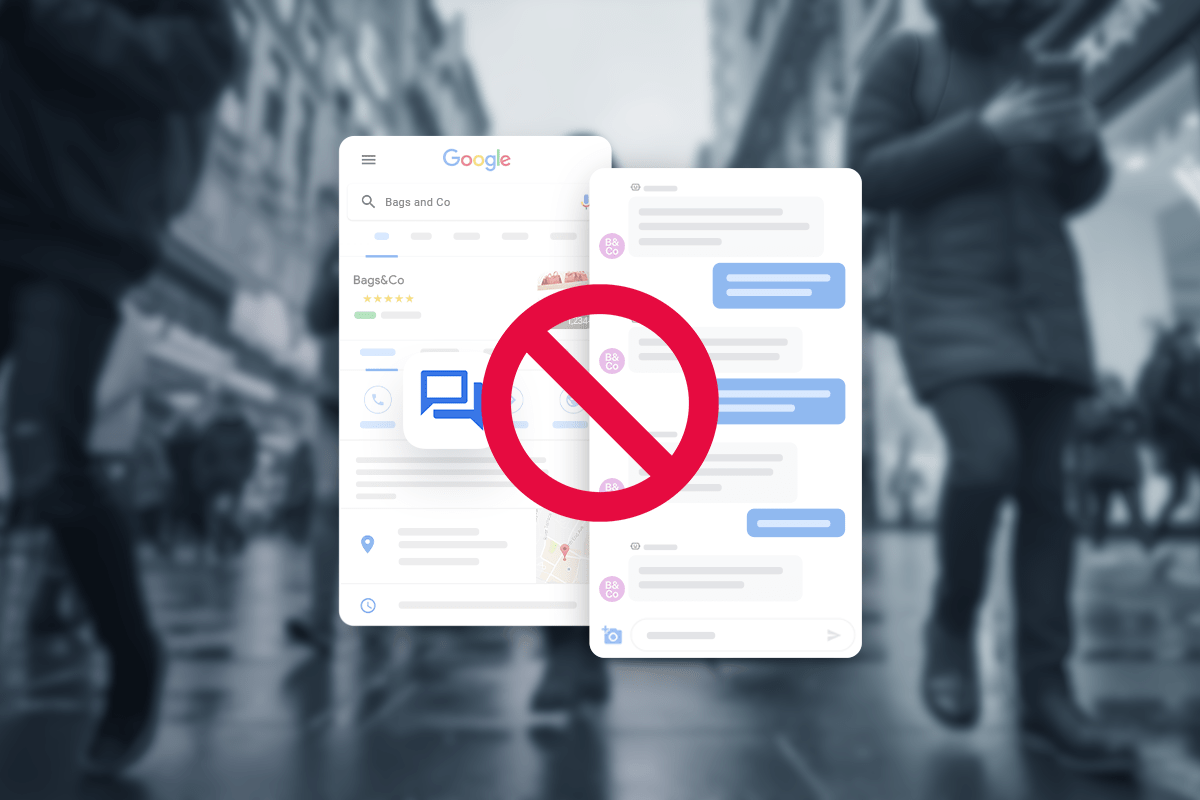Today’s purchaser has evolved to a savvy, well-researched shopper who is quite comfortable online. With the prevalence of personalized options and experiences across the wide range e-commerce sites, your buyers are not only used to a personalized experience — they expect it. Therefore, it stands to reason that your website must be able to live up to the expectations of your customers. That means you need to offer up a seamless customer service experience that is both customer-centric and intuitive. You must create a customer service infrastructure that can take into every channel because you never know which channel your sales will come from.
This means developing an omni-channel customer service experience that you can count on. That’s why we made this list of 10 omni-channel customer service best practices. Use these best practices to increase the performance of your customer service platforms and continue to meet the expectations of your customers.
10 Omni-channel Customer Service Best Practices
1. Make the Digital Experience More Appealing
Shoppers today expect their experience on your website to be just as appealing, if not more appealing, than their experience in-store. That means your website needs to be simple, easy to navigate, and overall pleasant to look at. It has also has to be able to handle a wide array of support capabilities that the customer cannot see. In order to pull this off, you really need to understand who your target customers are and then create product descriptions and visualizations that appeal to your target customer’s point of view. Among other things, you will also need to enhance your onsite navigation with features like site search and an automated chat feature that assist your visitors in real-time. Providing a great user experience will alleviate many customer service pain points, freeing up time, resources, and energy that can be directed at more complex issues.

2. Provide a Self-Service Section
Another way to augment your customer service strategy is to let your customers find the information they need, without using your customer service agents. Empowering your customers is a great way to save time and resources, while also serving the customers needs. Set up a self-service section that your customers can access. This area will include a multitude of digital assets that your customers can reference including product images, PDFs, white papers, operator manuals, frequently asked questions (FAQs) and answers, instructional videos, or anything that is specific to your business you feel would be a great resource for your customers.
3. Share Information Across Departments
One of the hallmarks of a great customer service program is the ability to enable your sales team to perform better. The best way to create an organization where the customer service department is an asset to the sales department is by installing a framework that allows for the timely transfer of information across departments. Customer service portals, agents and chat windows, are filled with customer insights that you or your sales team can use to better plan and message your value proposition to potential customers. All of that purchase history, search terms, and website analytics needs to be shared across departments so that it can support the omni-channel experience.
4. Have a Responsive Web Design
This is a fundamental and extremely critical aspect of customer service. Responsive design allows your customers to access your website in any format, whether it be a tablet, cell phone, or desktop computer. Mobile usage surpassed desktop usage over 2 years ago and shoppers are researching and making purchases on their phones more than ever.
Allowing for responsive design will not only make it easier for customers to get in contact with you, as well as allow customers to do whatever they need to on their mobile device. This is more convenient for your customers and will result in a great experience that keeps them returning.
5. Know Your Buyer
Just like your product or service catalog is set up with messaging that is directed at your target buyer, so too must your customer service strategy be positioned in a way that speaks to your target buyer. Millennials are now the largest generation in the US workforce and are handy with every type of digital resource. Not only that, the new generations have the power of customer reviews at their fingertips. Before the dawn of review sites, businesses were solely in control of their brand image. In the modern market, new buyers have the power of social media and review networks.
Millennials have high expectations. They demand great mobile experiences and expect to be able to access the information they need whenever they want. If their expectations are not met, they will let the world know about it. This should underline the importance of providing a stellar omni-channel customer service experience that speaks directly to these influencers.
6. Centralize Internal Information
This best practice goes hand-in-hand with number 3 (share information across departments). No matter what business model you operate under, maintaining and organizing every single source of information related to your business in a single location allows customer service employees to know where they can find the “truth” their customers are after. No matter which channel your customers choose to reach you through, your customer service representatives will be able to access the central hub of information for any of the resources they need to resolve the issue. A centralized hub for your internal information will ensure the consistency of the answers and information that is being put out to customers, whether from a person, automated chatbot, or another messaging system.

7. Create a Highly Adaptive Environment
The nature of the modern technological environment all but guarantees that there will be advances in technology, shifts in customer perception, and market factors that demand flexibility. When you are designing your customer service infrastructure, make sure that you create it in a way that allows for additional adaptability and flexibility. If you make your structure to rigid, you will find it difficult to adapt to future trends, technology, or market conditions. Make sure you use technology that is easy to implement and can be configured easily to ensure a smooth transition into the future.
8. Facilitate a Real-Time Environment
Customers are trying to get their problems solved quickly. In fact, per CCW Digital’s recent customer experience study, 70% of customers demand resolutions on the first contact. Making your customer service an omni-channel environment that supports real-time conversations is, without a doubt, one of the best features you can incorporate.
When a customer wants help, its imperative you interact and solve their issues before they find another company who will. With technology like text messaging, web chat, and social messaging, you can have your customer service agents solving your customers’ problems as soon as you become aware of them, increasing customer satisfaction and brand loyalty in the process.
9. Prepare for the Next Generation
Preparing for the next wave of customers is paramount to your business’ future success. A streamlined self-service capability is a great way to do just that. Setting up your customer service strategy to let customers handle any account specific issues like updating permissions, address changes, and other administrative duties themselves is a great way to ensure that the next generation can solve their problems quickly and easily.
10. Use a Data-Driven Approach
Off all the best practices, this is perhaps the hardest yet most valuable best practice you can implement. Think about it from a strategic perspective for a second: data should be influencing your decisions across the wide spectrum of your business. Data is what supports your decision to market towards a certain customer segment, its what directs your attention to growth opportunities — it should be no different for your customer service strategy. Allowing data to guide your approach means that you prioritize the gathering, storing, and analysis of data. Throughout your customer service platform channels, make sure you that you are using the appropriate solutions. Are you using the right solution? You are if it meets customer needs AND provides quantitative feedback.
How do you know if your customers are abandoning the customer service pipeline if you are not tracking the abandonment rate? That is challenge businesses face: how do we collect data from multiple channels and organize it in a manner that we can act on? The first step is to make sure your solutions are able to provide you the data you need to take actionable steps on reporting metrics.




